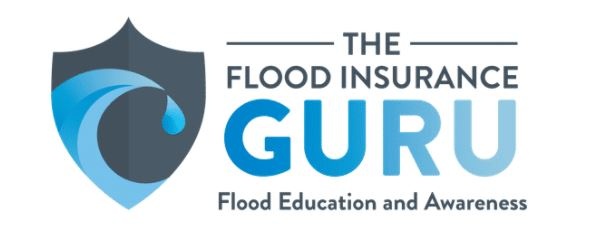How Will Hurricane Nicholas Impact Texas and Louisiana?
September 14th, 2021
3 min read
By Chris Greene
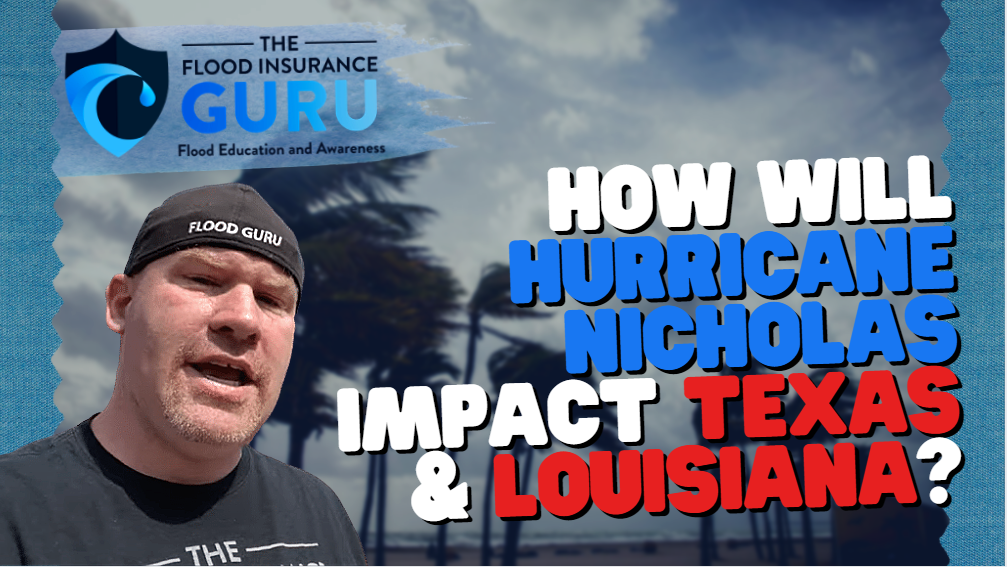
Another hurricane had made its landfall on the southeastern parts of the United States however this time around, Texas and Louisiana might be the first to experience the impacts of Hurricane Nicholas as we move through the week.

Join us as we unpack how Hurricane Nicholas will impact the southeastern United States and what this could mean considering that these coastal zones, especially Louisiana are still recovering from Hurricane Ida last week.
Enter Hurricane Nicholas
Hurricane Nicholas started out as a typical hurricane however the good news is that it downgraded to a less dangerous tropical storm as it made landfall earlier today, September 14th, 2021. The tropical storm made landfall on coastal Texas with 70 MPH winds according to the National Weather Service (NWS). Tropical storm warnings are everywhere in both Texas and Louisiana.
At the time of writing, northwest Harris County (Texas) is receiving about 1 to 3 inches of rain since the tropical storm made landfall.
However, this doesn't really eliminate the threats when we start to talk about an estimate of 20 inches of rain getting dumped on coastal Texas and the state of Louisiana. It's important to highlight that these two states were in the hot seat of flooding earlier this year.
We need not look further than a few weeks ago when Hurricane Ida made landfall on New Orleans causing massive power outages, devastating casualties, and millions of damages from Louisiana, New York, Tenessee, and towards the eastern coast.
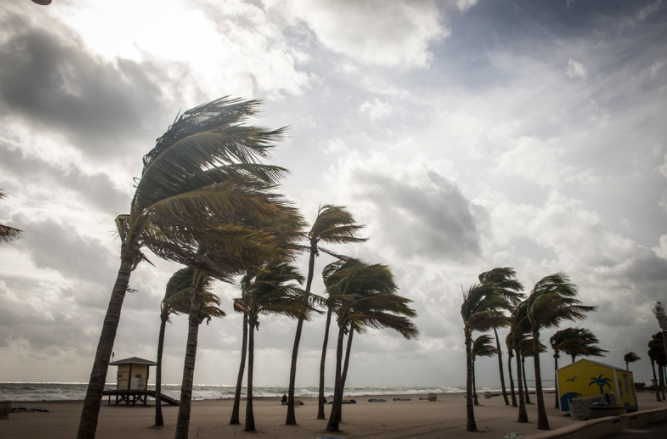
READ MORE:
Hurricane Ida Impacts in Louisiana, Hurricane Ida Floods New York
Despite this downgrade, we're still talking about the extremely high risks of flood especially in Louisiana and Texas since a lot of factors are just waiting to cause flooding in these areas without any warning once that heavy rains and continuous rainfall start.
What To Expect
When it comes to this type of situation, the biggest threat that Louisiana and Texas will face will be that flash flood. The Southeastern parts of the country are still recovering from all that rainfall and flooding from Hurricane Ida.
This simply means that the ground is still oversaturated with all that water that Tropical Storm Nicholas' heavy rains will be like water hitting hard cement. A lot of overflows might happen with these circumstances given.
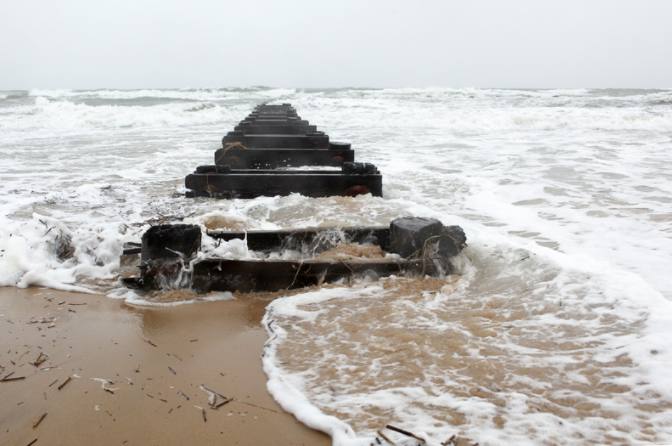
You also have a storm surge warning in place in Port Aransas to San Luis Pass including Aransas Bay, San Antonio Bay, and Matagorda Bay. Once that water comes in from the coasts, not only the properties in flood zone V will be impacted.
Flash flooding will also be a big problem as the tropical storm adds up to the hurricane season causing more saturation from the ground. Inland bodies of water might also rise significantly.
It's important to highlight that even when that heavy rainfall stops, rivers, lakes, streams, and creeks will continuously collect all that water and rise in a span of a couple of days. This effect is sure to create life-threatening flash floods along the coasts even without massive storm surges coming in.
How To Best Prepare
We've covered a lot about how important it is to have flood insurance. This is basically the heart and soul of our company since this is the only best protection one can get when a flood threat is present in your area.
The thing is a lot of property owners still think that not sitting in a flood zone means that they won't get flooded. Water doesn't know where one flood zone ends and another starts which we've seen happen in the entire state of New York.
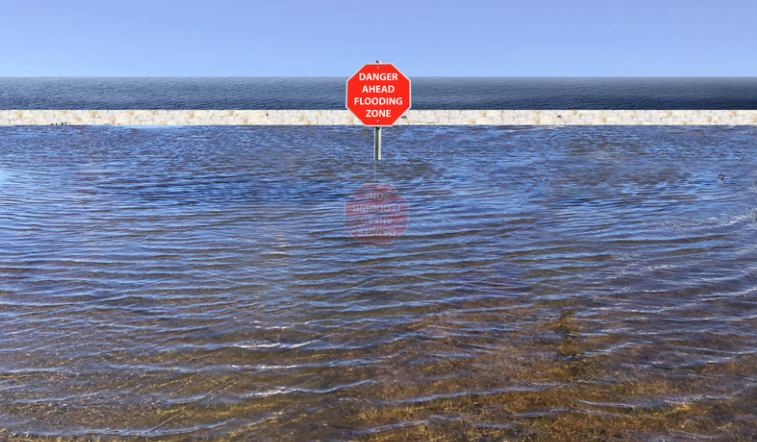
READ MORE:
Texas Spring Flooding, Baton Rouge Spring Flooding
You can always secure flood insurance through the government which has fewer restrictions and caters to all types of property through the Federal Emergency Management Agency (FEMA) and the National Flood Insurance Program (NFIP) with a $250,000 coverage for residential properties and $100,000 when it comes to personal properties.
It's important to note that when it comes to the NFIP, those coverages max at the aforementioned amount regardless of your flood zone. This is very different when it comes to private flood insurance carriers which do not have any coverage limits, so you can tailor-fit your coverage depending on your discretion.
Lastly, we want everyone to be safe in this type of weather since no one can really predict when a disaster might happen. If there is a risk of flash flooding detailed by flash flood warning issued by the NWS, we encourage that you follow these to avoid any injury or casualty.
If you want to know more about flood insurance, how to buy flood insurance through FEMA or the private market, or anything about flooding, reach out to us by clicking below.
Remember, we have an educational background in flood mitigation which lets us help you understand flood risks, hurricane and tropical storm warnings, your flood insurance, and mitigating your property long-term.


